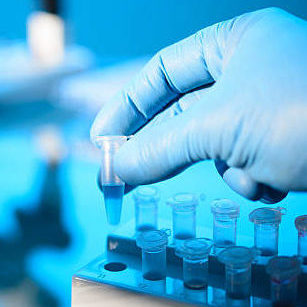
GRCF High Throughput Sequencing Center
Our goal is to provide the Johns Hopkins community access to Next Generation sequencing platforms.
We currently feature NovaSeq X Plus and MiSeq instruments. We do our best to sequence samples in a timely manner, but our primary focus is on generating high quality data.
| Run Type | Yield | Price |
|---|---|---|
| 10B Lane | ~2.5 billion reads | $1400 |
| 1.5B FLOWCELL | ~3 billion reads | $3200-$4900 |
| 10B FLOWCELL | ~20 billion reads | $8400-$10,900 |
| 25B FLOWCELL | ~50 billion reads | $13100-$17800 |
Sample Requirements
For NovaSeq runs, please submit at least 50ul of your sample at 4nM.
Samples should be pooled
Nanodrop is not reliable. Intercalating dye methods or qPCR are preferred.
MiSeq Runs
Please submit 10μl of your sample at 2nM for MiSeq.
Quality Control
We will do a QC check via Bioanalyzer to increase the likelihood of quality data, but you should quantitate your sample as accurately as possible prior to submission.
Understanding Data Yield
Our facility features the NovaSeq platform. Yield is dependent upon several factors:
Read Length & Read Type
The longer the read, the more data. Paired end reads yield twice the data as single read.
Uniform Base Composition
Libraries that have uneven base composition tend to pose problems with the analysis software. These issues can be mitigated using several strategies, but the net effect will be lower data yield than a balanced library.
Optimal Cluster Density
It is imperative to accurately quantitate your library to ensure high data yield. We do our best to QC libraries before sequencing, but we cannot pool samples for you.
High Quality Library
Libraries that contain a high level of adapter dimers will yield significantly less data, particularly on the NovaSeq. Similarly, over amplified libraries can negatively impact yield
Please see Illumina’s NovaSeq X Specification page for current data yields. While we regularly achieve greater than ‘spec’ yields, it is best to be conservative when planning your experiments.



